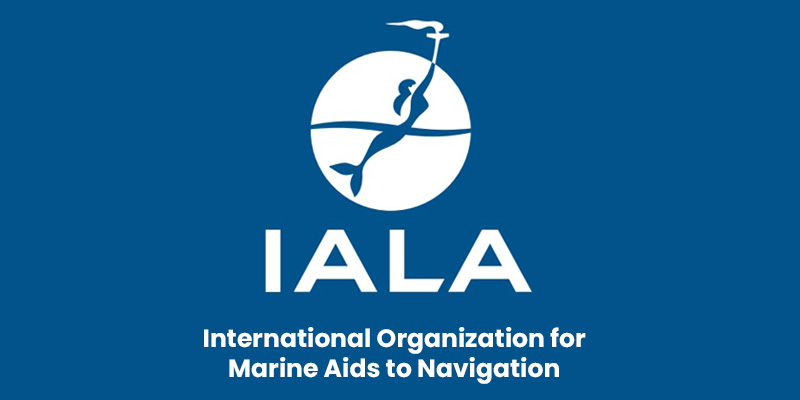Font size:
Print
AI Tools to Track Antibiotic Resistance
Context:
Researchers from IIIT-Delhi, in collaboration with CHRI-PATH, Tata 1mg, and the Indian Council of Medical Research (ICMR), developed an AI tool called AMRSense.
More on News
The team published their research in The Lancet Regional Health – Southeast Asia, titled: “Emerging Trends in Antimicrobial Resistance in Bloodstream Infections: Multicentric Longitudinal Study in India.”
AMRSense Overview
- The tool uses routine data generated in hospitals to provide real-time insights into antimicrobial resistance (AMR) at the global, national, and hospital levels.
- Key Features: Analyses hospital data to identify patterns in antibiotic resistance and predict future trends.
- Inexpensive Approach: Unlike genomics-based methods, AMRSense leverages routine hospital data to uncover relationships between different antibiotic pairs and AMR trends.
- AI-Driven Decision Making: It supports antimicrobial stewardship and surveillance, enabling better decision-making in clinical and public health settings.
Key Findings:
- The team analysed six years of data from 21 tertiary care centres as part of the ICMR’s AMR surveillance network.
- They identified relationships between antibiotic pairs and resistance patterns in community and hospital-acquired infections.
- AI helped in identifying early signs of resistance and its directional trends, offering actionable insights for intervention.
Why is This Approach Revolutionary?
- Traditional AMR studies rely on genomics, which is expensive and resource-intensive.
- The IIIT-D team’s approach uses routine hospital datasets, making it: Cost-effective, Scalable, and Efficient for real-time tracking.
The AMROrbit Scorecard
- The team developed the AMROrbit Scorecard, which won the 2024 AMR Surveillance Data Challenge.
- Features of AMROrbit: Visual representation of AMR trends for hospitals, departments, and even countries.
-
- Compares local resistance levels with global medians and global rates of change.
- Helps clinicians and public health officials make data-driven decisions to control AMR spread.
- Ideal scenario: Low baseline resistance + Low rate of change → Indicates effective AMR management. If resistance spirals out of control, AMROrbit helps suggest timely interventions.
Reliability of AI Models in AMR Tracking
- The research showed that AI models captured real-world AMR trends observed in historical data.
- However, future predictions may be impacted by unforeseen events (e.g., COVID-19).
- The models align with global studies tracking increasing antibiotic resistance rates.
Challenges and Future Plans
- Limitations in areas with poor AMR surveillance data: Countries without digitalised medical records may not fully benefit from the AI model.
- Future research goals: Expand AI-based AMR tracking to include environmental factors: Antibiotic use in poultry farming, and Leachates in soil and water sources.
- Integrate hospital data, antibiotic sales records, and community-level data for a comprehensive AMR strategy.


